Offering fruits to wildlife or displaying them in outdoor settings can create beautiful, natural feeding stations and decorative arrangements. However, these sweet treats often attract unwanted visitors like insects, rodents, and other pests that can quickly turn your good intentions into a problem. Finding the balance between providing nutritious fruit options and maintaining a pest-free environment requires thoughtful planning and consistent maintenance. This comprehensive guide explores effective strategies for safely offering fruit without creating a pest magnet in your yard, garden, or outdoor space.
Understanding Why Fruits Attract Pests
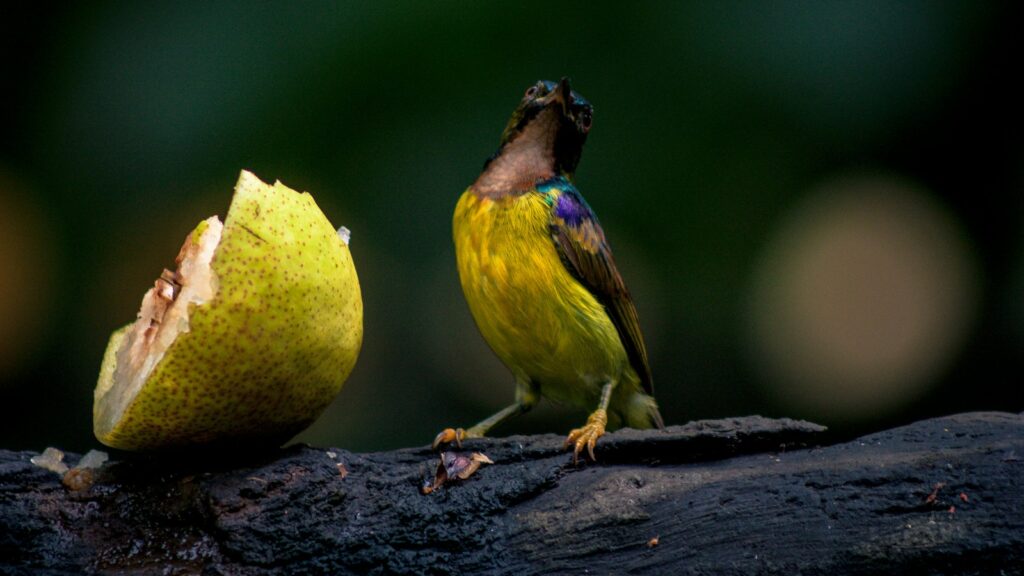
Fruits naturally attract various pests because they contain sugars, moisture, and nutrients that many creatures find irresistible. As fruits ripen, they release aromatic compounds that signal their presence to insects and animals, sometimes from considerable distances. The sweet scent of decomposing fruit is particularly attractive to flies, wasps, ants, and fruit flies, which can detect these odors from hundreds of feet away. Additionally, the moisture content in fruits provides a water source for pests, making them even more appealing during dry periods. Understanding these natural attraction mechanisms helps develop more effective strategies for minimizing pest problems while still offering fruits to desired wildlife.
Choosing the Right Location
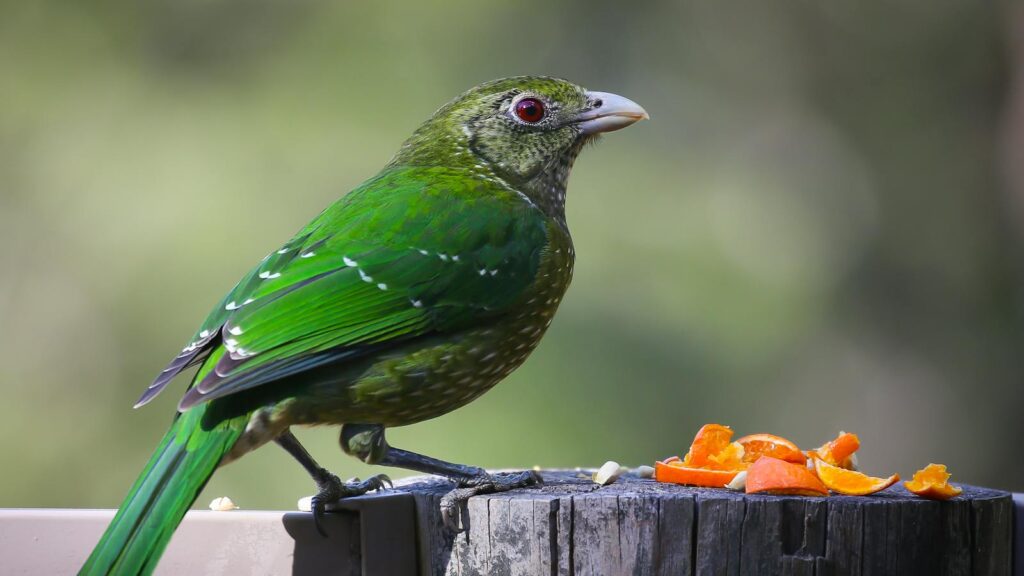
Strategic placement of fruit offerings can significantly reduce pest problems before they begin. Position fruit feeders or displays away from your home’s entrances, windows, outdoor eating areas, and children’s play spaces to keep any attracted pests at a comfortable distance from high-traffic areas. Consider placing fruit offerings in open areas where natural predators like birds can help control insect populations that might otherwise multiply around the fruit. Avoid locations near garden beds containing ripening fruits or vegetables, as this can compound pest attraction problems and potentially damage your harvest. The ideal location balances accessibility for desired wildlife with sufficient distance from sensitive areas of your property.
Selecting Appropriate Fruit Varieties
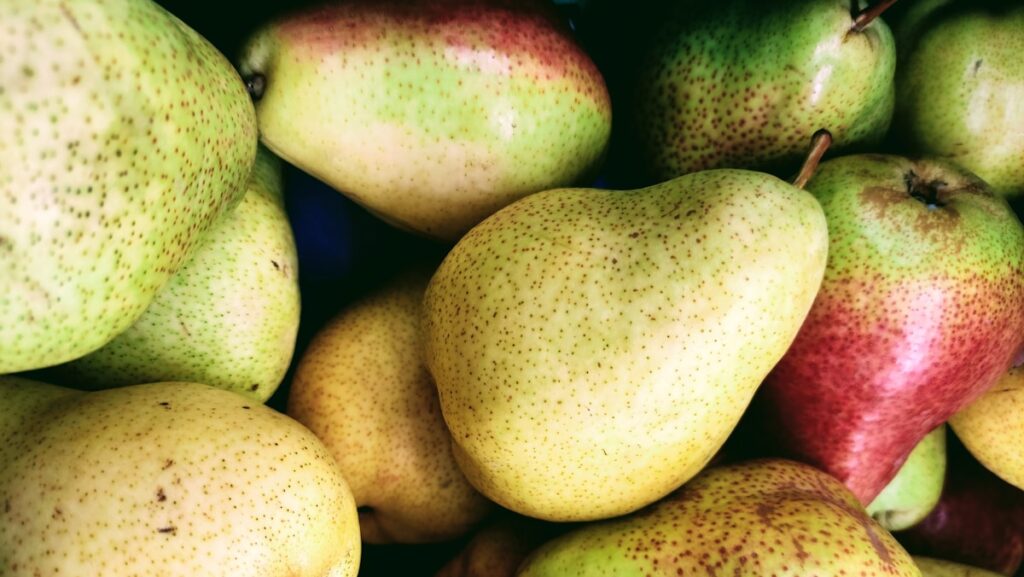
Some fruits attract significantly more pests than others, making your selection an important factor in pest management. Berries, stone fruits like peaches and plums, and very sweet fruits like overripe bananas tend to attract the most insects and other unwanted visitors. Instead, consider starting with less aromatic and less sweet options like apples, pears, and melons, which still appeal to many beneficial wildlife species but may draw fewer problematic pests. Fresh fruits generally attract fewer pests than dried fruits, which have concentrated sugars and aromas. Citrus fruits, with their natural pest-repellent properties in the peel, can sometimes be good options for outdoor displays with minimal pest problems.
Using Proper Serving Containers
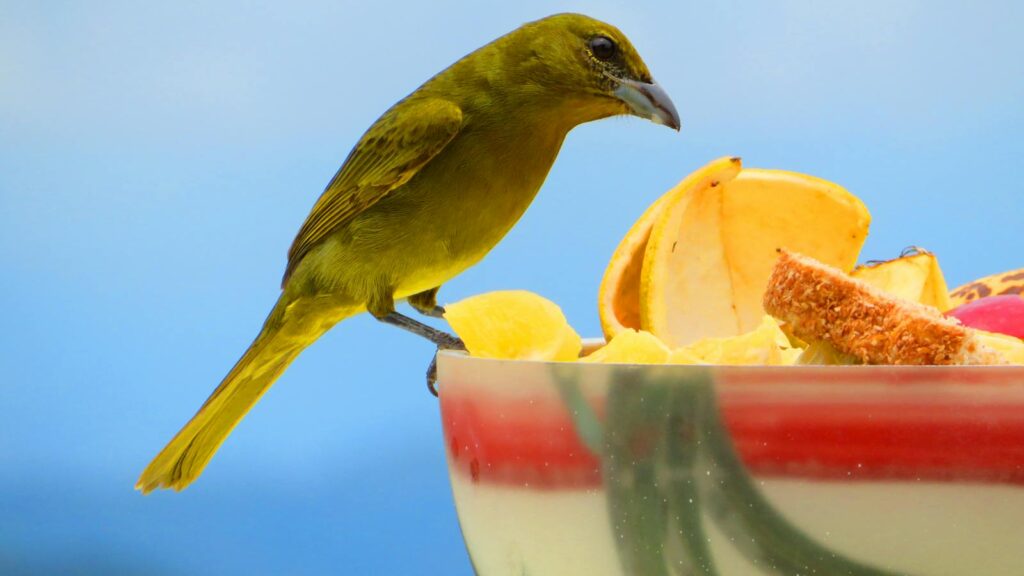
The type of container you use to offer fruit can dramatically influence pest access and populations. Select feeders or containers specifically designed with pest deterrence in mind, such as those with protective domes, moats that can be filled with water to block crawling insects, or mesh coverings that allow birds but not insects to access the fruit. Smooth-sided containers made of glass, ceramic, or metal are more difficult for insects to climb than rough or wooden surfaces. Elevated platforms suspended from branches or poles can reduce access for ground-dwelling pests like ants and rodents. Regular cleaning of these containers is essential, as residues can continue to attract pests even after the fresh fruit has been consumed or removed.
Implementing Protective Barriers
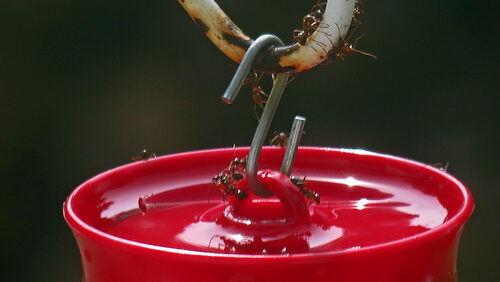
Physical barriers can effectively separate pests from fruit offerings while still allowing access to desired wildlife. Fine mesh netting with appropriate-sized openings can allow smaller birds to reach fruit while excluding larger pests like squirrels or raccoons. Sticky barriers applied to poles or tree trunks prevent crawling insects from reaching elevated fruit offerings. For ground-level displays, consider placing containers within a shallow dish of water to create a moat that ants and other crawling insects cannot cross. Copper tape wrapped around container supports can deter slugs and snails, as these pests receive a mild electrical shock when contacting copper with their damp bodies. These physical barriers require regular maintenance but can dramatically reduce pest problems without chemicals.
Practicing Proper Timing
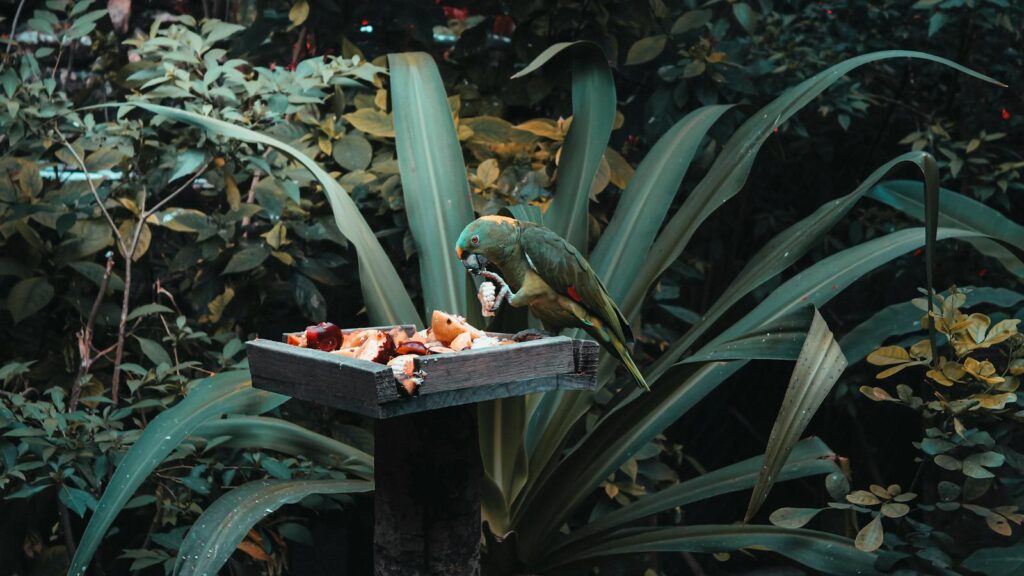
When you offer fruit can be as important as how you offer it in terms of pest management. Consider putting out fruit offerings in the early morning when birds are most active but many insects are still dormant due to cooler temperatures. Remove all fruit before evening when nocturnal pests like raccoons, opossums, and rodents become active. During peak insect seasons, particularly mid-summer, you might need to limit the duration fruit remains available to just a few hours to prevent pest buildups. Some wildlife enthusiasts follow a rotating schedule, offering fruit only on certain days to prevent consistent food sources that could support pest populations while still providing regular nutrition for beneficial wildlife.
Maintaining Proper Portion Control
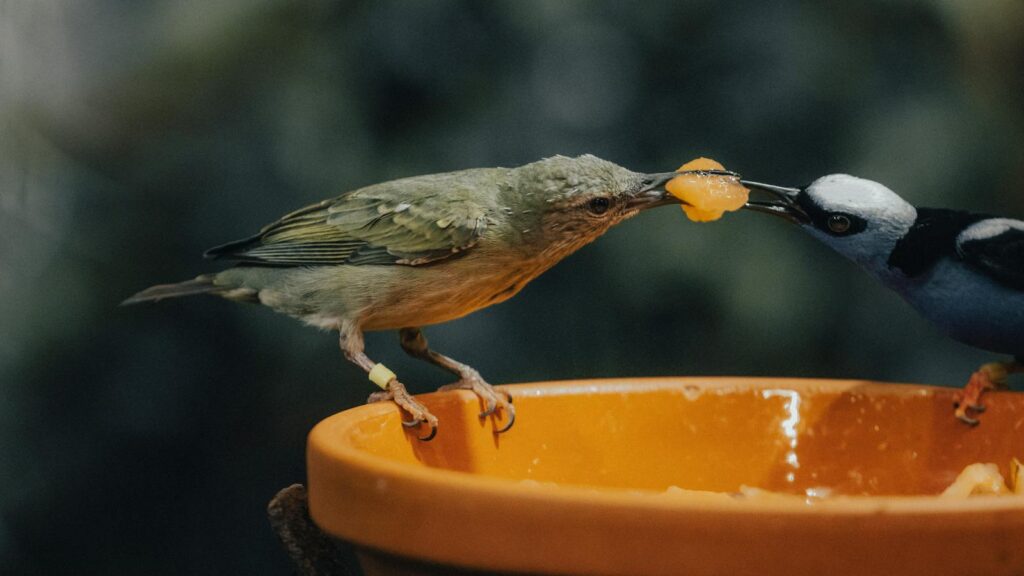
Offering appropriate amounts of fruit can significantly reduce pest problems while still satisfying the wildlife you wish to attract. Small, frequent offerings that can be consumed quickly by desired visitors create fewer opportunities for pests to discover and exploit the food source. Avoid creating surpluses that remain uneaten for extended periods, as these inevitably attract unwanted attention from various pests. Consider the local wildlife population density when determining portion sizes – a single apple slice might be appropriate in an area with few fruit-eating birds, while more substantial offerings might be suitable in locations with abundant wildlife. Monitoring consumption patterns helps refine your portion sizes over time to match actual demand from desired wildlife.
Implementing Regular Cleaning Protocols
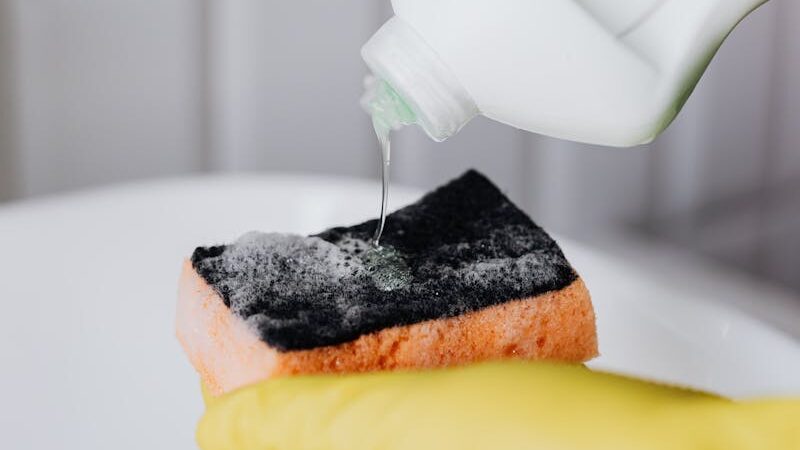
Consistent cleaning practices are essential for preventing pest problems around fruit offerings. Remove and properly dispose of any uneaten fruit at the end of each day rather than allowing it to decompose in place, as rotting fruit releases stronger attractive odors and supports microbial growth that can attract additional pests. Thoroughly clean all feeding surfaces, platforms, and containers at least weekly using a mild bleach solution (one part bleach to nine parts water) to eliminate sticky residues and destroy microbial colonies. Pay special attention to crevices and connections where residue can accumulate over time. The ground beneath fruit feeding stations should be regularly raked or cleaned to remove fallen pieces and drippings that might otherwise attract ground-dwelling pests.
Utilizing Natural Pest Deterrents
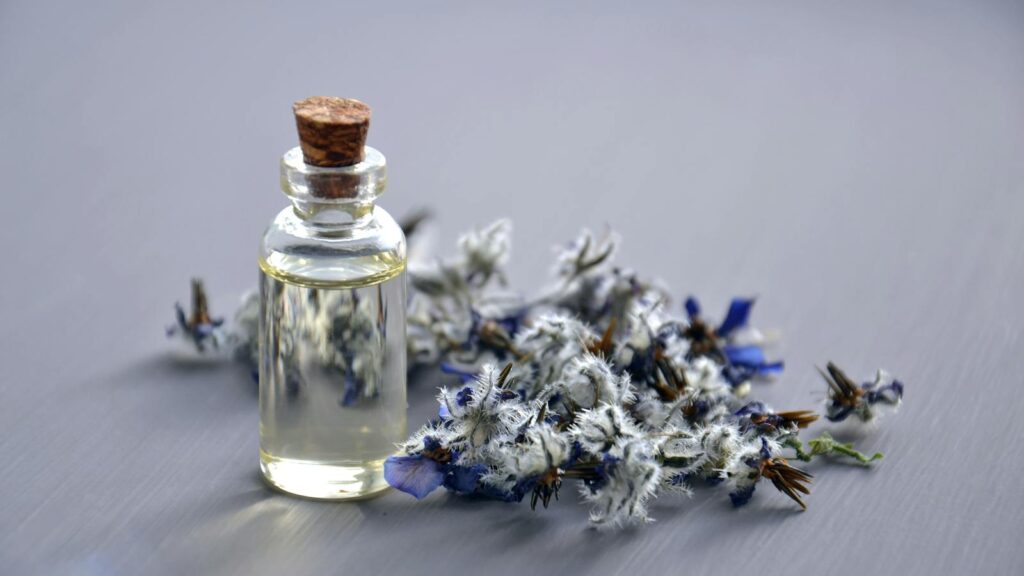
Many natural substances can help repel pests without harming the wildlife you want to attract. Essential oils like peppermint, eucalyptus, and citronella naturally repel many insects and can be applied to areas surrounding fruit offerings. Planting pest-repellent herbs like lavender, mint, basil, and rosemary near fruit feeding stations creates a natural barrier that many insects prefer to avoid. Diatomaceous earth, a non-toxic powder made from fossilized algae remains, can be sprinkled around the base of feeding stations to deter crawling insects without chemical pesticides. Coffee grounds spread around feeding areas can deter ants and slugs while contributing beneficial nutrients to the soil, creating a dual-purpose pest management approach.
Creating Pest-Resistant Environments
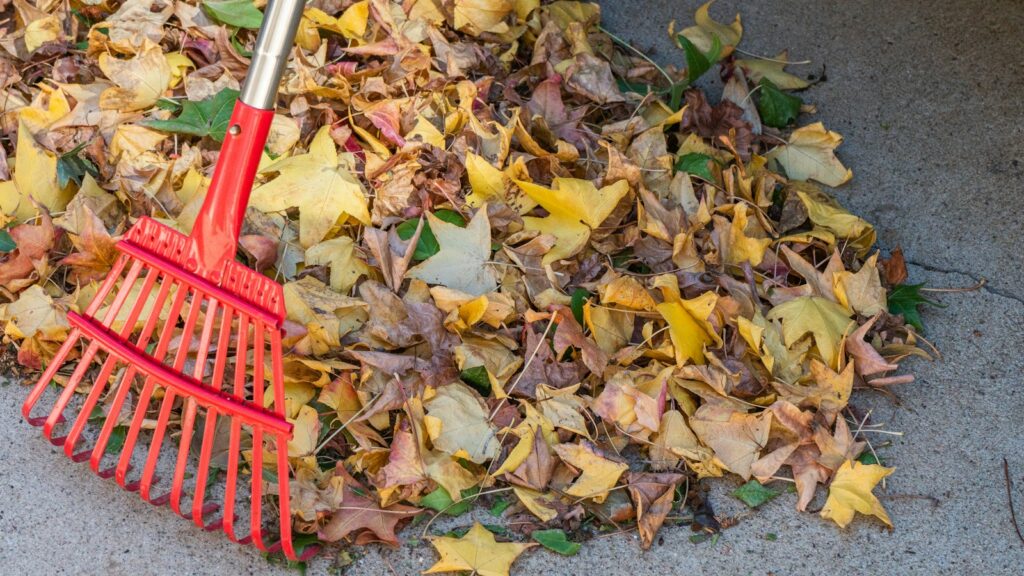
The overall environment surrounding your fruit offerings significantly influences pest pressure and management needs. Maintain general cleanliness in the vicinity by regularly removing fallen leaves, grass clippings, and other organic debris that might harbor pests. Ensure proper drainage to eliminate standing water that attracts mosquitoes and provides drinking sources for other pests. Consider the landscape’s broader ecosystem – encouraging natural predators like insect-eating birds, beneficial insects, and even certain reptiles can help maintain natural pest control. Native plants that support these beneficial creatures create a balanced environment where pest populations naturally remain in check, reducing problems around fruit offerings without requiring intensive management.
Considering Alternative Feeding Options
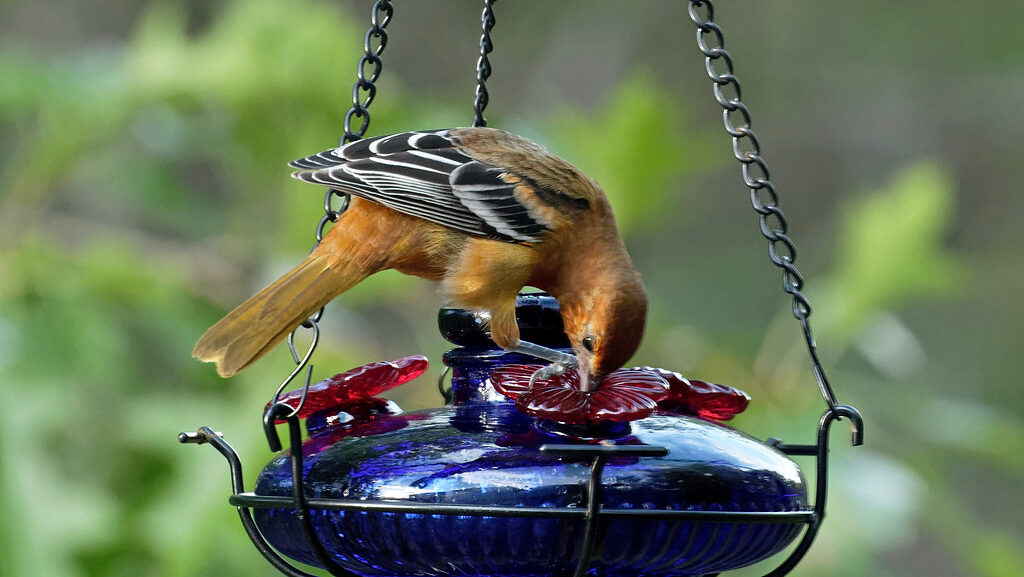
Sometimes the most effective approach involves finding alternatives to fresh fruit that still attract desired wildlife while minimizing pest problems. Commercial wildlife feeds formulated specifically for fruit-eating birds often contain dried fruit pieces treated to reduce pest attraction while maintaining nutritional value for wildlife. Nectar feeders can satisfy hummingbirds and certain butterflies without the pest problems associated with solid fruits. Jellies made specifically for wildlife feeding typically attract birds like orioles and tanagers while being less appealing to insects than fresh fruit. Seeds and nuts can provide important nutrition for many wildlife species with significantly fewer pest problems than sweet fruits, making them excellent complementary or alternative offerings.
Monitoring and Adapting Your Approach

Successful fruit offering requires ongoing observation and willingness to adjust strategies based on results. Regularly inspect your feeding areas for signs of pest activity, including ant trails, insect eggs, droppings, or gnaw marks that indicate unwanted visitors. Keep a simple journal noting which fruits, containers, locations, and times attract the most desired wildlife versus unwanted pests to identify patterns specific to your environment. Be prepared to modify your approach seasonally, as pest pressures typically increase during warm months and decrease during cooler periods. Consider temporarily suspending fruit offerings during extreme pest pressure periods, such as during fruit fly outbreaks or when wasp populations peak, resuming when conditions improve.
Balancing Wildlife Benefits with Pest Management
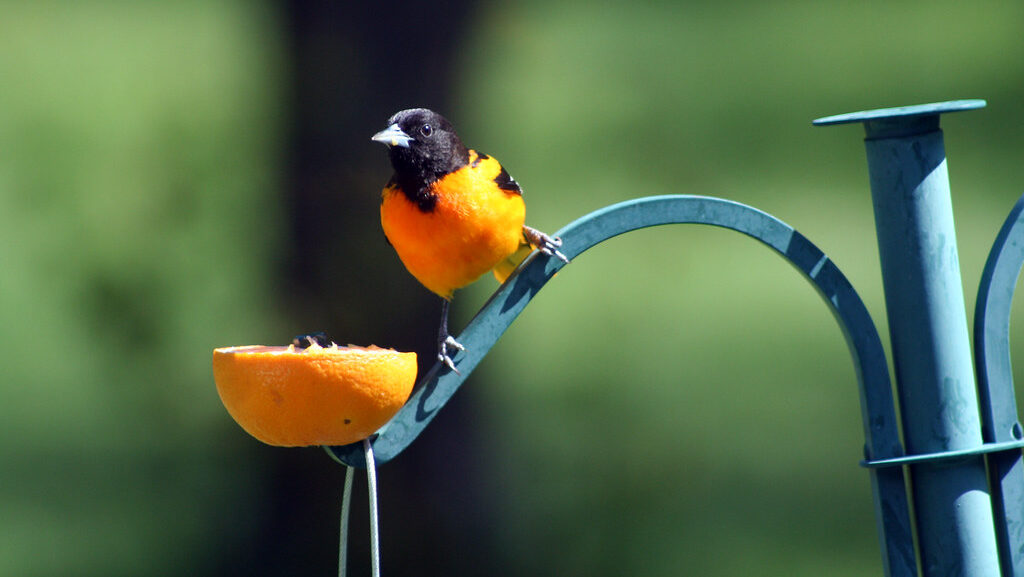
Finding the right balance between attracting beneficial wildlife and minimizing pest problems ultimately defines success in offering fruit safely. Remember that some level of insect activity around fruit is natural and even beneficial, as many insects serve as food sources for birds and other wildlife you may wish to attract. Focus your pest management efforts on problematic species that cause damage or nuisance rather than attempting to eliminate all insects. Consider the broader ecological impact of your feeding station – at its best, it should enhance local biodiversity by supporting multiple species while minimizing negative consequences. With thoughtful planning and consistent maintenance, your fruit offerings can become a valuable resource for wildlife without creating significant pest problems for you or your neighbors.
Conclusion
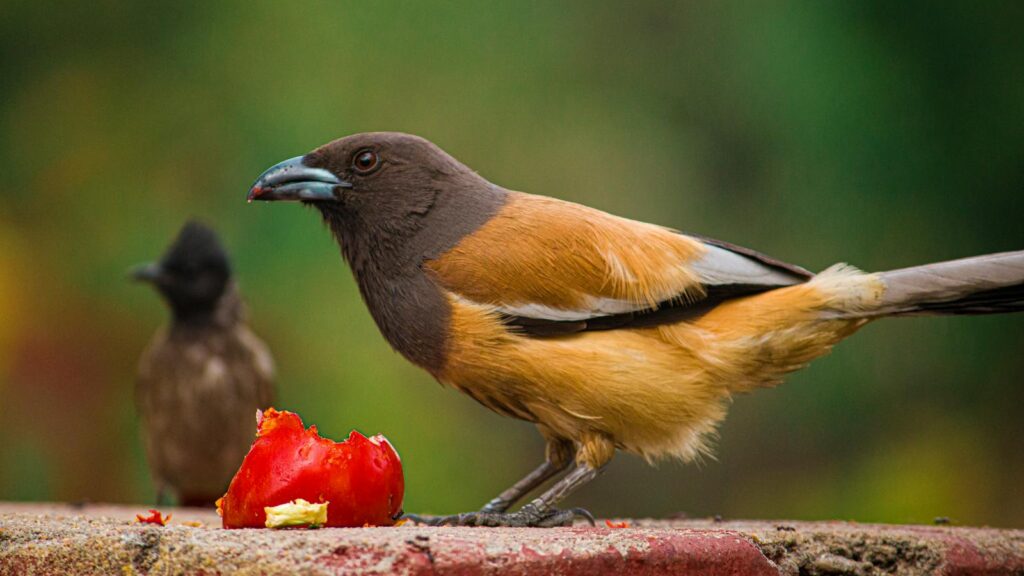
Offering fruit to wildlife or incorporating it into outdoor displays doesn’t have to mean inviting unwanted pests into your space. By implementing thoughtful strategies around selection, presentation, timing, and maintenance, you can create attractive and beneficial fruit offerings that primarily serve your intended audience. The key lies in consistency—regularly refreshing fruit, cleaning containers, and adjusting your approach based on observed results. With these practices in place, your fruit offerings can become a sustainable part of your outdoor environment, providing nutrition for desirable wildlife while maintaining a comfortable, pest-managed setting for human enjoyment.
